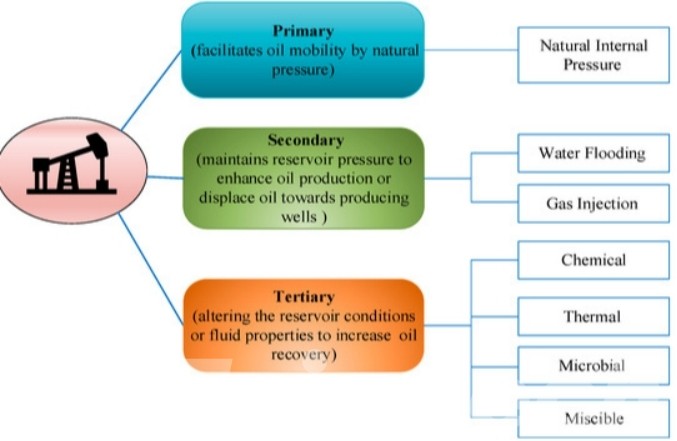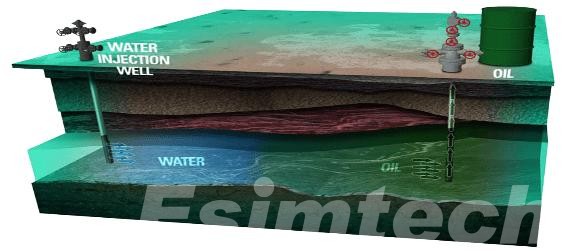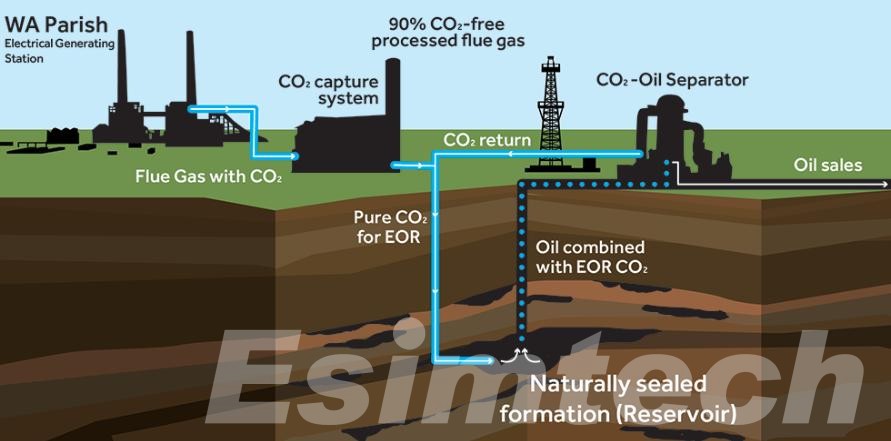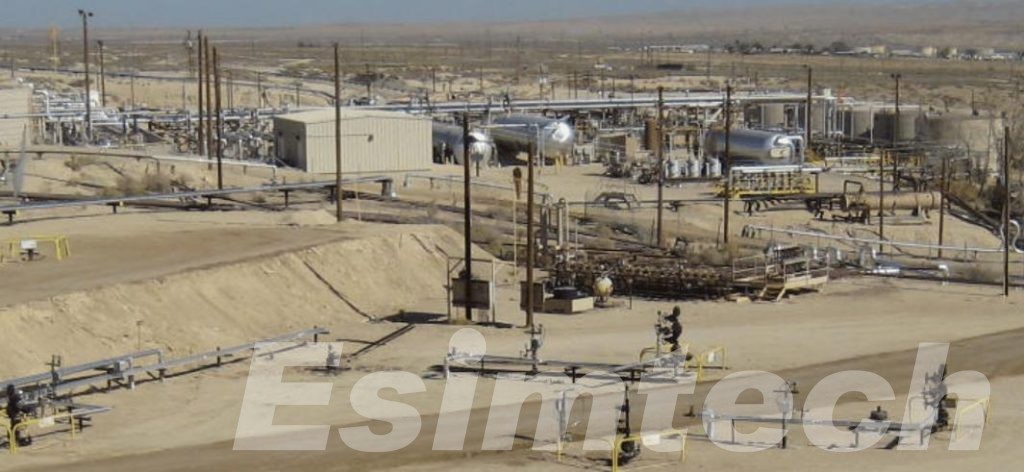What Are the Three Stages of Crude Oil Recovery
Crude oil serves as a critical energy source, fueling industries, transportation systems, and households globally. The efficient extraction of this resource demands a well-structured process. Crude oil recovery involves drawing oil from subterranean reservoirs through a series of stages designed to optimize output and efficiency. This article delves into the three key phases of crude oil recovery, examining their methods, uses, and comparative efficiencies.
What is Crude Oil Recovery
Crude oil recovery refers to the processes used to extract oil trapped in underground reservoirs. These reservoirs are typically situated deep beneath layers of rock and sediment, often requiring specialized methods for access and retrieval. Rather than existing as large underground lakes, crude oil is stored in the pores of the reservoir rock, similar to how water is held in a sponge.
The extraction process consists of three distinct phases: primary, secondary, and tertiary recovery. Each phase employs more advanced techniques to enhance oil production. While the initial phase relies on the natural pressure within the reservoir, later phases introduce external forces and cutting-edge technologies to extract the remaining oil. These phases work together to ensure the efficient and sustainable recovery of this vital energy resource.
Three Stages of Crude Oil Recovery

Primary Oil Recovery
The initial phase of crude oil extraction, known as primary recovery, depends on the natural pressure within the reservoir to bring the oil to the surface. When an oil field is first discovered, the reservoir typically experiences high pressure due to the underlying presence of gas or water beneath the oil. This pressure naturally forces the oil upwards, allowing it to be collected through production wells. Often, mechanical pumps are employed to aid the oil flow once the natural pressure starts to decline.
Nevertheless, primary recovery is relatively inefficient, typically extracting only 10-20% of the oil in the reservoir. As the natural pressure diminishes over time, it becomes increasingly difficult for the remaining oil to flow to the surface, indicating the necessity for more advanced recovery methods in the following stages.
Secondary Oil Recovery
Once primary recovery can no longer produce sufficient oil, secondary recovery techniques are used. The goal of this stage is to re-establish pressure within the reservoir by introducing external fluids, such as water or gas, into the formation. Waterflooding, the most common technique, involves injecting water into wells, which pushes the remaining oil toward production wells. Similarly, gas injection uses gases like carbon dioxide or natural gas to generate pressure, driving more oil to the surface.

Secondary recovery methods typically enhance oil extraction by an additional 20-40%, boosting the overall recovery rate from the reservoir. Although this stage is far more effective than primary recovery, a significant amount of oil remains trapped in the reservoir. These methods are vital for prolonging the life of the oil field, but careful management is essential to prevent the injected fluids from negatively impacting the quality of the remaining oil.
Tertiary Oil Recovery
The final phase of oil extraction, known as tertiary recovery or enhanced oil recovery (EOR), is employed to retrieve the remaining oil from a reservoir once primary and secondary recovery methods have been depleted. Tertiary recovery uses advanced and often expensive techniques aimed at altering either the oil’s properties or the reservoir itself.

One popular method is thermal recovery, where steam is injected into the reservoir to heat the oil, reducing its viscosity and making it easier to extract. Another technique is chemical injection, which involves the use of surfactants or polymers to lower the surface tension between the oil and water, facilitating more oil flow to the well. Lastly, microbial EOR introduces bacteria or nutrients to encourage biological processes that assist in releasing trapped oil.
While tertiary recovery can increase the overall oil recovery by an additional 10-20%, it tends to be more costly and demands specialized technology and expertise. Despite the higher expense, these techniques are often essential for maximizing oil production from mature reservoirs that have already undergone primary and secondary recovery processes.
Comparative Summary of Recovery Stages
The three stages of crude oil recovery each contribute differently to the overall oil extraction process, with variations in efficiency, cost, and complexity. Below is a comparison of these stages based on key factors:
| Aspect | Primary Recovery | Secondary Recovery | Tertiary Recovery |
| Method | Utilizes natural reservoir pressure and mechanical pumps. | Involves injecting water or gas to restore pressure and push oil. | Advanced techniques such as thermal, chemical, or microbial methods to enhance oil recovery. |
| Oil Recovery Efficiency | Typically recovers 10–20% of the oil. | Adds another 20–40% of the oil to the total recovery. | Can recover an additional 10–20%, but with higher costs. |
| Cost | Relatively low cost, primarily using natural forces. | Moderate cost due to the need for injection systems and pumps. | High cost, requiring specialized equipment and techniques. |
| Technology | Basic technology, involving pumps and natural pressure. | Requires advanced pumps and injection systems for fluid management. | Involves cutting-edge technology, including steam injection, chemical flooding, or microbial treatments. |
| Complexity | Simple, relying on the natural flow of oil. | Moderate complexity, requiring control over injected fluids. | Highly complex, requiring careful management and advanced knowledge. |
The three stages of recovery vary greatly in terms of technology, cost, and efficiency. Primary recovery is straightforward and inexpensive, yet it yields the smallest amount of oil. Secondary recovery, on the other hand, enhances oil recovery but introduces greater complexity and expense. Tertiary recovery, while highly effective in extracting additional oil, is the most expensive and technologically advanced stage.

Conclusion
The recovery of crude oil occurs in three distinct stages—primary, secondary, and tertiary—which form a structured strategy aimed at maximizing oil extraction from reservoirs. Primary recovery depends on natural forces, secondary recovery adds external pressure and tertiary recovery utilizes advanced technologies to extract the remaining oil. These 3 stages work together to help oil producers optimize resource usage and fulfill global energy needs.

